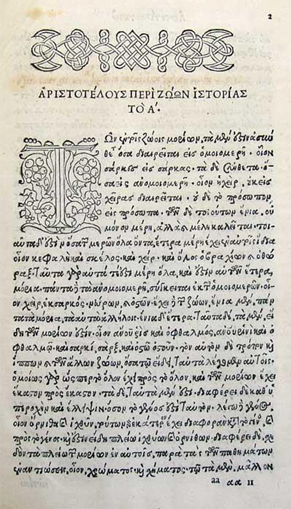''The Painted Page'', at the Royal Academy, promises to be one of the most beautiful and absorbing exhibitions of the year. Drawn from several of the world's greatest libraries, the books may be said to illustrate, in miniature, the richness and complexity of Renaissance Italy.
In the fifteenth and sixteenth centuries, Italy was a mosaic of independently-ruled territories and the spirit of cultural competitiveness which developed between the various courts (campanilismo is the nicely poetic Italian term for this form of rivalry) produced some of the most intricately beautiful illuminated books ever created. The Royal Academy's exhibition contains treasures from the personal libraries of almost all the great rulers - the Gonzagas of Mantua, the d'Estes of Ferrara, the Malatestas of Rimini and, perhaps, above all, Federigo da Montefeltro of Urbino, familiar to anyone who has visited the Uffizi Gallery from Piero della Francesca's great warty portrait of him in a pillarbox red cap.
Some of the works are religious, but the majority, reflecting the new spirit of humanism are illuminated versions of the works of classical antiquity: Virgil, Horace, Ovid, Pliny, Aristotle. The illumination which we have taken somewhat irreverently for our cover is the frontispiece to a late fifteenth-century translation of Aristotle's works of natural history, and it suggests the slightly tense coexistence, in the art of the Renaissance, of old Catholic piety and interest in antiquity: the seated Aristotle, in his tall and fantastical hat, has been somewhat curiously projected into a scene reminiscent of the Garden of Eden with Adam and Eve naming the beasts of the Creation.
The illuminated book, an art form with its roots deep in the Middle Ages, has never quite made the transition into the modern period and the great exponents of the medium - Attavanti degli Attavanti...

The Painted Page
21-10-1994

